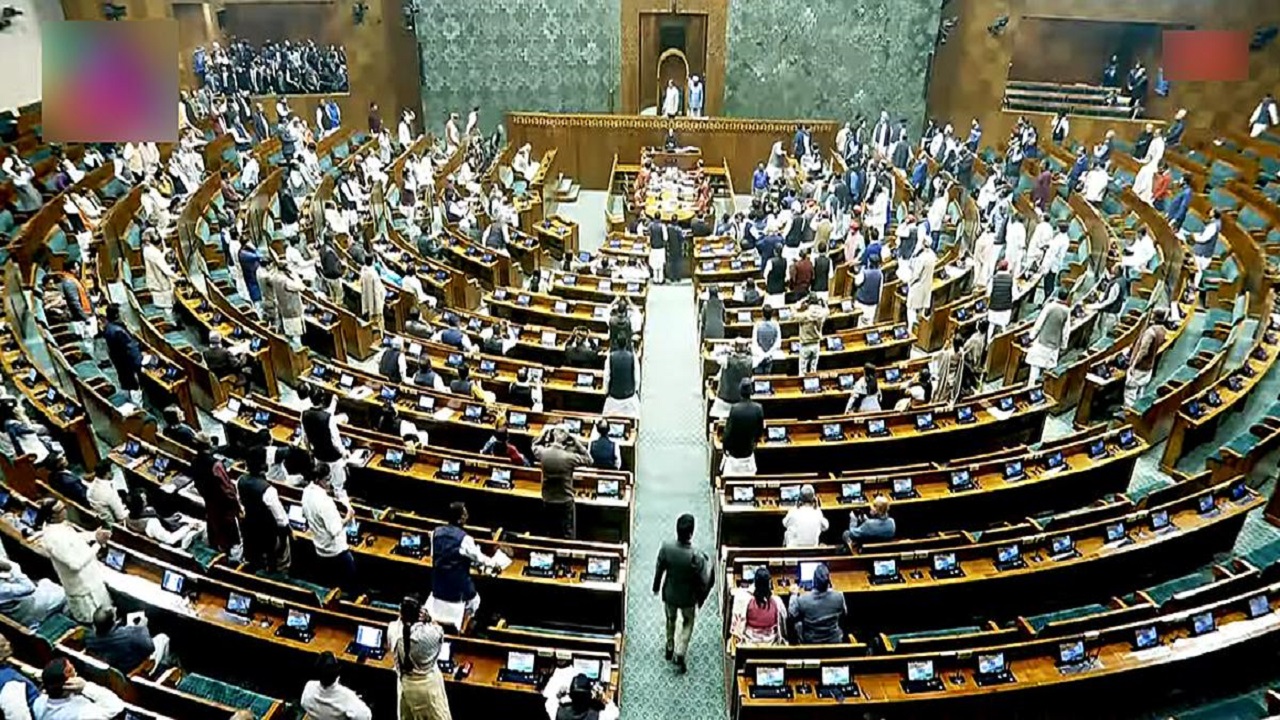Floods in North Bihar
Context: North Bihar is once again experiencing severe flooding, affecting 11.84 lakh people.
Background:
Bihar is one of India’s most flood-prone states due to its unique geography and ineffective flood management strategies.
Key Points:
- 76% of North Bihar's population faces annual flood threats.
- The state is crossed by snow-fed and rain-fed rivers, which contribute to frequent floods.
- The Bihar Disaster Management Authority classifies floods into four types:
- Flash floods: Triggered by rainfall in Nepal, with a short response time (8 hours) and quick receding of waters.
- River floods: Caused by rivers overflowing, with 24 hours to respond; floodwaters recede in a week or more.
- Drainage congestion: Floodwaters last throughout the monsoon due to congestion at river confluences, taking up to 3 months to subside.
- Permanent waterlogging: Caused by silt-filled rivers, blocked drainage, and local depressions called "Chaurs."
The primary reason for recurring floods is Bihar's location below Nepal, with rivers like Kosi, Gandak, and Bagmati bringing heavy sediments. Rainfall in Nepal and the release of water from barrages further exacerbate the situation.
The Kosi River Problem:
- Known as the "sorrow of Bihar," the Kosi River is one of the most destructive. Embankments built in the 1950s to control the river have led to unintended consequences. These embankments trap sediments, causing the riverbed to rise by 5 inches annually, increasing the risk of overflow.\
- This year’s floods are particularly severe due to Nepal releasing 6.6 lakh cusecs of water from the Birpur barrage on the Kosi, the highest in six decades. Breaches in embankments have been reported in several districts.
Impact of Floods:
- While the annual floods don’t always result in high casualties, they come with heavy economic costs. Bihar spends about ₹1,000 crore each year on flood management and relief efforts.
Possible Solutions:
- A proposed dam on the Kosi has been delayed due to Nepal’s involvement.
- Barrages over rivers are being considered by the government.
- Flood management could focus on both structural solutions (dams, embankments) and non-structural solutions (policies, risk reduction).
- Rather than relying solely on structural measures, reducing the risk and damage through better planning may be more effective for dynamic rivers like the Kosi.
This simplified approach outlines why Bihar faces floods every year and highlights potential solutions.


.jpg)

Comments (0)